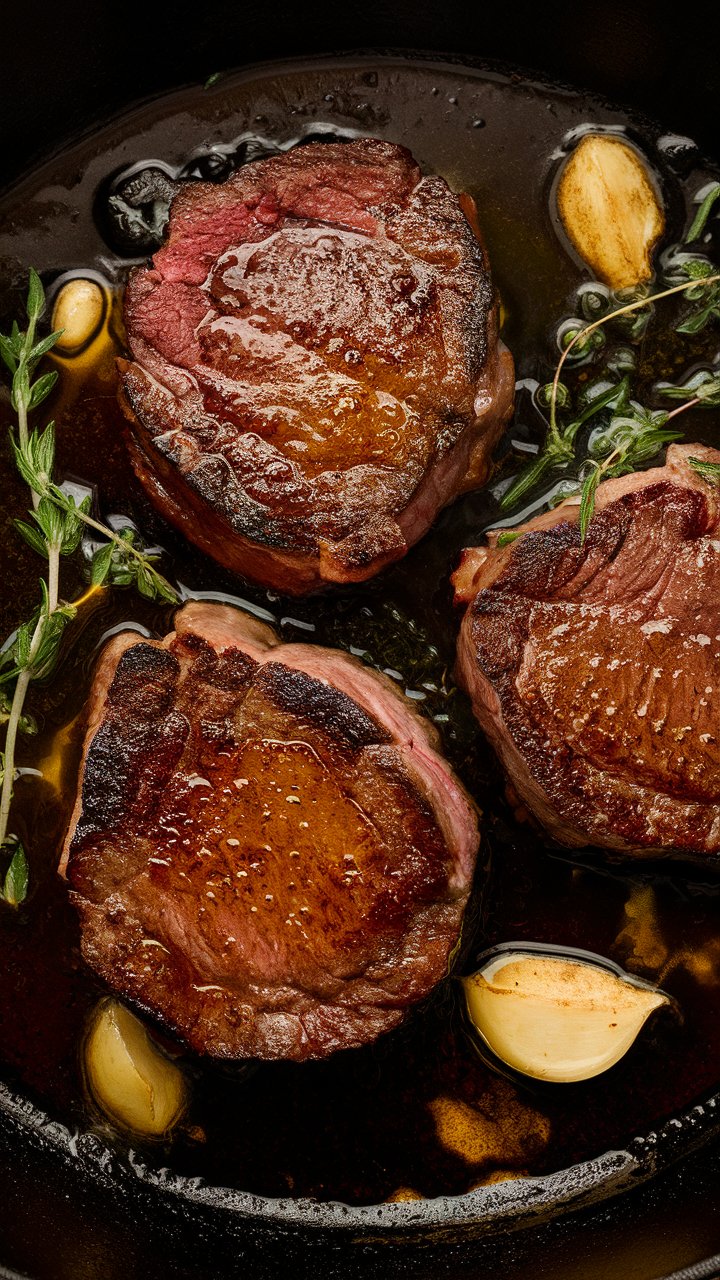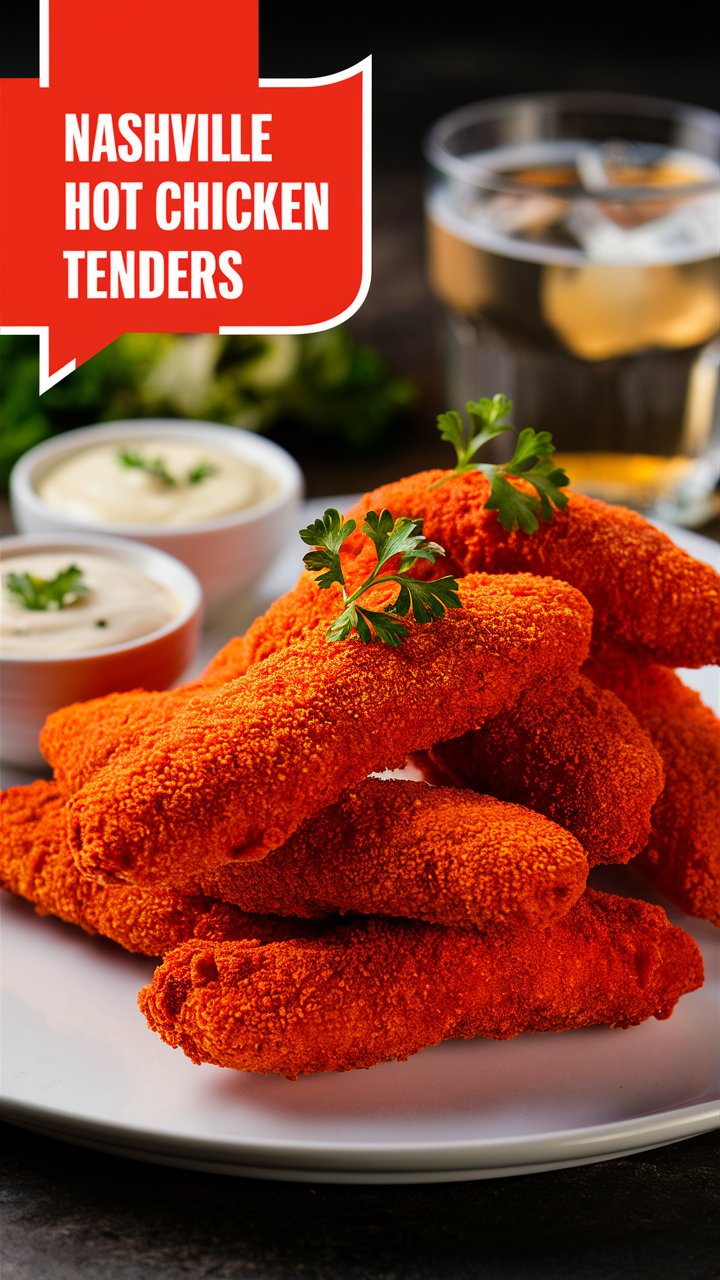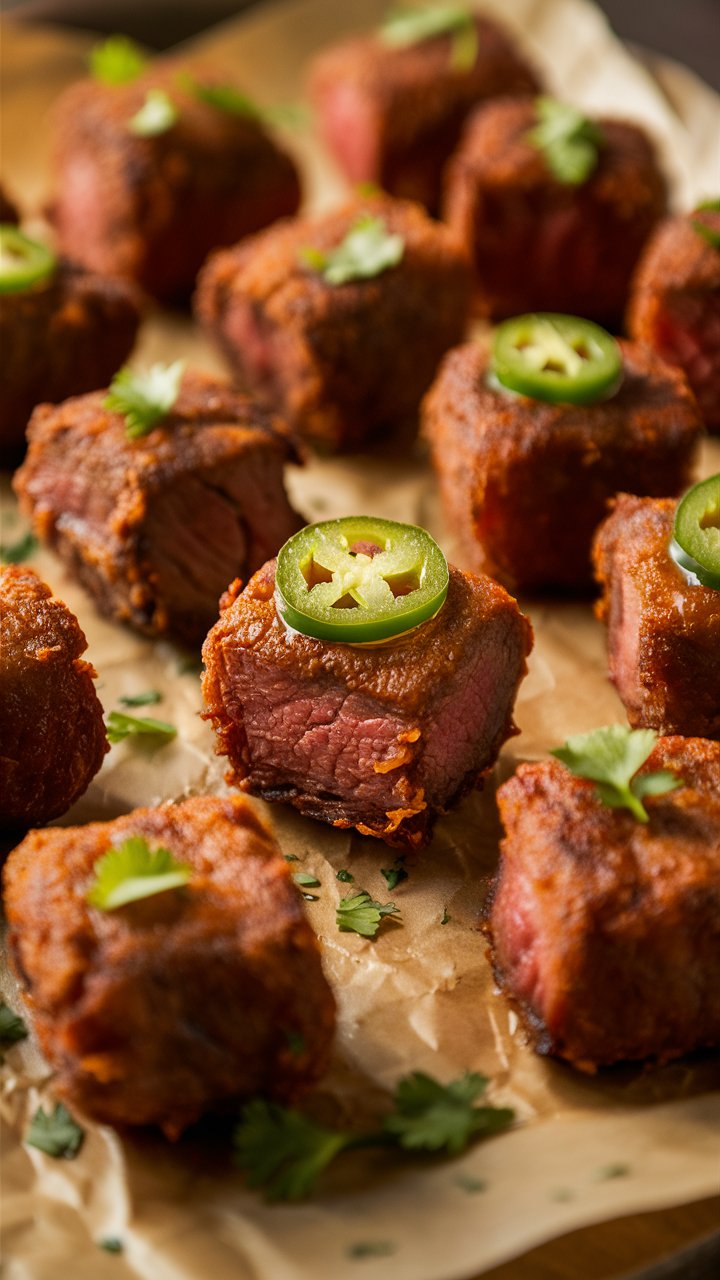Venison has long been celebrated as one of the most flavorful game meats, but for many home cooks, preparing it can feel intimidating. Its lean structure and distinct “gamey” notes sometimes make it challenging to handle. That’s where the buttermilk-soaked venison marinade comes in—a centuries-old technique that not only tenderizes but also balances venison’s unique flavors.
This method is more than just cooking; it’s a culinary tradition rooted in farm-to-table kitchens, passed down through hunters, families, and chefs who know that game meat deserves respect. By soaking venison in buttermilk, you unlock a transformative process that results in tender, juicy, and flavorful steaks or medallions—perfect for weeknight dinners or gourmet gatherings.
In this complete guide, we’ll walk through everything you need to know:
- The science behind buttermilk and venison
- A step-by-step recipe with tips for success
- Flavor variations and seasonal twists
- Nutritional insights
- Storage and serving suggestions
- Expert FAQs
By the end, you’ll not only master this marinade but also gain confidence in cooking venison like a pro.
What Makes Venison Unique Compared to Other Meats?
Before diving into the marinade itself, it’s essential to understand why venison behaves differently from beef, pork, or chicken.
- Leanness:
Venison is extremely lean, containing less fat than beef or pork. While this makes it a healthier protein, it also means venison can dry out quickly if not cooked carefully. - Distinct Flavor:
Venison has a rich, earthy taste, sometimes described as “gamey.” This comes from the deer’s natural diet of wild plants, acorns, and grasses. - Nutritional Value:
Venison is high in protein, iron, and B vitamins while being lower in calories and cholesterol than most red meats.
Because of its structure and flavor profile, venison benefits greatly from marinating—especially in acidic, tenderizing liquids like buttermilk.
The Science Behind Buttermilk as a Marinade
So why buttermilk? What makes it the perfect partner for venison?
- Lactic Acid Power:
Buttermilk contains lactic acid, which gently breaks down muscle fibers and connective tissue, tenderizing venison without making it mushy. - Flavor Balancing:
It neutralizes strong gamey notes, leaving behind a clean, mild, and balanced flavor. - Moisture Retention:
The proteins in buttermilk create a protective coating that locks in moisture during cooking. - Subtle Creaminess:
Unlike harsher marinades (vinegar, wine, or citrus), buttermilk infuses a light creaminess that complements venison’s natural flavor instead of overpowering it.
This combination of tenderizing, flavor-enhancing, and moisture-retaining effects is what makes buttermilk a game-changer in venison preparation.
Essential Ingredients for the Perfect Venison Marinade
To achieve success, keep the ingredients simple and high-quality.
Core Ingredients
- 1 lb venison steaks or medallions (fresh or thawed)
- 1 cup buttermilk (fresh, tangy, full-fat preferred)
- 2 tbsp oil (olive oil or avocado oil)
- 2 tbsp butter
- Salt & pepper (to taste)
- 1 lemon wedge
- Fresh chives (minced, for garnish)
Why These Ingredients Work
- Buttermilk: Tenderizes and balances flavors.
- Oil & butter: Help sear and caramelize venison for a golden crust.
- Salt & pepper: Classic seasoning that enhances natural flavors.
- Lemon: Adds brightness and acidity to cut through richness.
- Chives: Provide a fresh herbal finish.
Optional Flavor Boosters
- Garlic cloves (crushed)
- Fresh rosemary or thyme sprigs
- A dash of cayenne or smoked paprika for heat
- Worcestershire sauce for umami depth
Step-by-Step Recipe: Buttermilk-Soaked Venison Marinade
🕒 Total Time: 25 minutes (plus marinating)
🍴 Yield: 2–4 servings
Instructions
- Prepare the Venison
- Pat venison medallions dry with paper towels. This ensures the marinade adheres properly.
- Marinate
- Place venison in a shallow dish or resealable bag.
- Pour in buttermilk until fully submerged.
- Refrigerate and soak for at least 3 hours (overnight for maximum tenderness).
- Drying Stage
- Remove venison from buttermilk.
- Discard marinade and pat steaks dry.
- Place on a wire rack in the refrigerator for 1 hour to air dry. This ensures a perfect sear.
- Cooking the Venison
- Heat a cast iron skillet over medium-high.
- Add oil and butter until sizzling.
- Season venison generously with salt and lightly with pepper.
- Place steaks in the skillet (do not overcrowd).
- Sear each side for 2–3 minutes until a golden crust forms.
- Flip and cook another 2–3 minutes, aiming for an internal temp of 125°F (medium-rare).
- Resting & Serving
- Remove venison from skillet.
- Add a pat of butter on top of each piece.
- Tent loosely with foil and let rest for 5 minutes.
- Garnish with lemon juice and fresh chives before serving.
Pro Tips for Tender, Juicy Venison
- Don’t skip drying: Wet venison won’t sear properly.
- Cook in batches: Overcrowding the pan steams the meat instead of searing it.
- Use a thermometer: For venison, 125°F is medium-rare perfection.
- Rest before slicing: Resting allows juices to redistribute, keeping the meat moist.
Common Mistakes to Avoid
- Skipping the drying step: Results in poor crust.
- Overcooking: Venison turns tough if cooked beyond medium.
- Using old buttermilk: Freshness matters for both flavor and tenderization.
- Not seasoning enough: Venison benefits from bold seasoning.
Flavor Variations & Seasonal Twists
- Summer: Add fresh herbs (basil, parsley) and serve with grilled corn.
- Fall: Infuse marinade with rosemary and serve with roasted root vegetables.
- Winter: Add garlic and red wine to the marinade for richer depth.
- Spring: Pair with lemon zest and asparagus for brightness.
Perfect Side Dishes to Serve with Venison
- Creamy polenta with parmesan
- Garlic roasted potatoes
- Grilled asparagus with lemon butter
- Caramelized onions and mushrooms
- Wild rice pilaf
Health Benefits: Why Venison + Buttermilk Is a Nutritious Duo
- High protein, low fat → Supports lean muscle growth.
- Rich in iron & B vitamins → Boosts energy and red blood cell health.
- Buttermilk probiotics → Supports gut health and digestion.
- Lower cholesterol than beef → Heart-friendly red meat option.
Make-Ahead, Storage, and Freezing Tips
- Marinate ahead: Venison can be soaked in buttermilk overnight.
- Storage: Store cooked venison in an airtight container for up to 3 days.
- Reheating: Warm gently in a skillet with butter—avoid microwaving.
- Freezing: Marinated (uncooked) venison can be frozen for up to 2 months.
Comparing Buttermilk to Other Marinades
- Wine or vinegar: Adds sharp acidity but can overpower venison.
- Citrus (lemon, lime): Fresh but may toughen if left too long.
- Yogurt: Similar to buttermilk, with a thicker texture.
- Beer: Adds malty depth but doesn’t tenderize as well.
Buttermilk strikes the perfect balance—gentle, effective, and flavor-enhancing.
Nutritional Breakdown (per serving)
- Calories: ~200
- Protein: 25g
- Fat: 10g
- Carbs: 2g
- Iron: 25% DV
- Calcium: 10% DV
FAQs – Buttermilk-Soaked Venison Marinade
Q1: How long should you soak venison in buttermilk?
At least 3 hours, but overnight soaking yields the best results.
Q2: Can I reuse the marinade?
No—always discard buttermilk after soaking raw meat.
Q3: What cut of venison works best?
Backstrap, tenderloin, or medallions work beautifully with this method.
Q4: Can I substitute buttermilk?
Yes—use yogurt thinned with water or milk + lemon juice as an alternative.
Q5: How do I reduce the gamey flavor?
Buttermilk soaking plus bright garnishes (like lemon or herbs) help balance flavors.
Final Thoughts
The Buttermilk-Soaked Venison Marinade is more than just a recipe—it’s a technique that elevates venison from intimidating game meat to a restaurant-quality dish. With the right balance of patience, preparation, and seasoning, you’ll unlock a tender, juicy, and flavorful meal that brings people together around the table.
Whether you’re cooking for a family dinner, impressing guests, or experimenting with wild game for the first time, this marinade will quickly become a go-to favorite in your kitchen.



